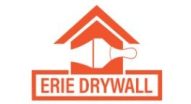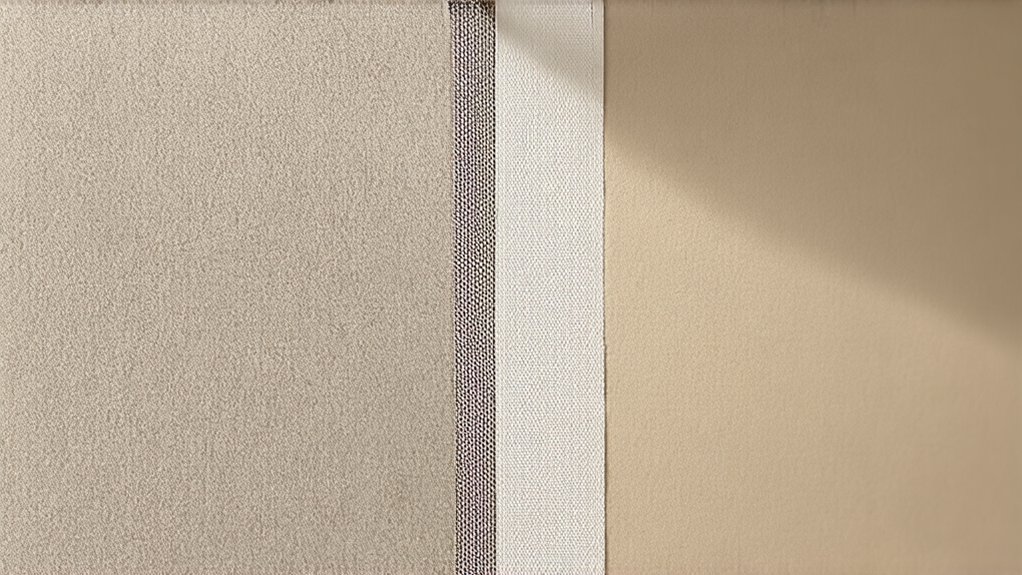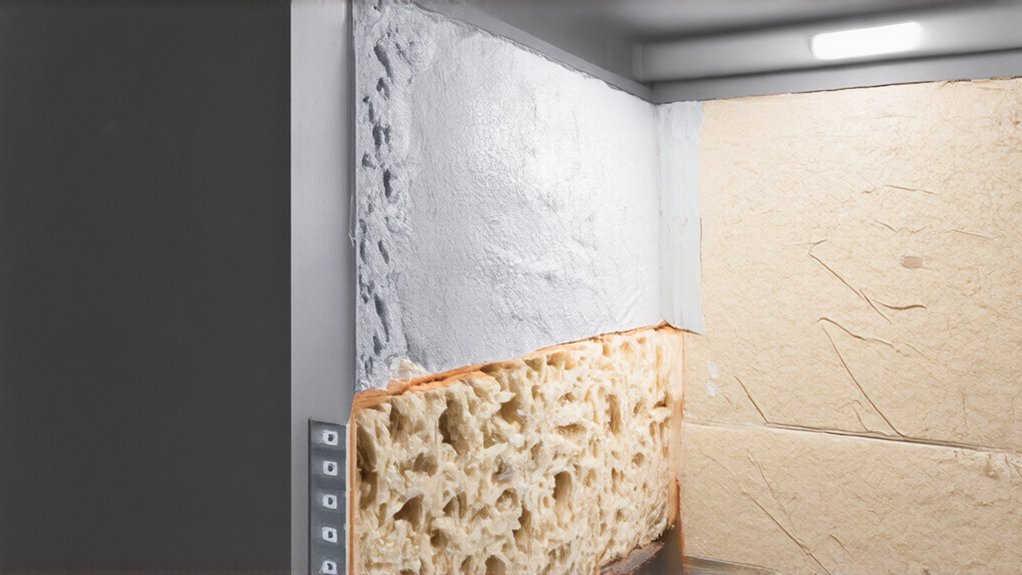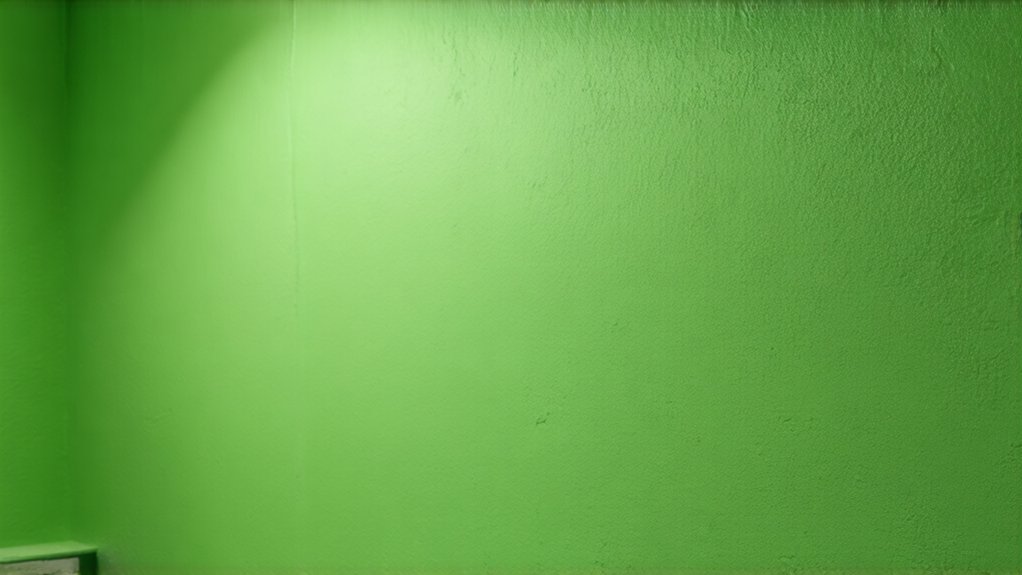When you're tackling drywall joints, you'll want to choose between mesh and paper tape carefully. Mesh tape works great for uneven surfaces and offers quick self-adhesive application, while paper tape provides a smoother, stronger finish. Your choice depends on your project's complexity, budget, and skill level. Professional contractors often prefer mesh for tricky repairs, but paper tape can deliver superior results if applied precisely. Uncover more contextualized perspectives ahead.
Understanding the Basics of Drywall Taping
Drywall taping is a critical step in creating smooth, professional-looking walls that'll make your home renovation project shine. You'll want to understand the key drywall reinforcement methods and joint finishing techniques to achieve a flawless surface.
Proper taping helps prevent cracks, secures seamless connections between drywall panels, and provides a clean foundation for painting. Whether you're a DIY enthusiast or a professional contractor, acquiring these techniques will boost your wall installation skills.
With the right approach, you'll convert rough, unfinished surfaces into stunning, polished walls that'll impress everyone who sees them. Skilled drywall contractors in Erie, PA emphasize the importance of precise taping techniques for achieving professional-quality results.
Mesh Tape: Strengths and Limitations
Wall reinforcement materials play a significant role in creating sturdy, crack-resistant surfaces, and self-adhesive mesh tape has become a popular choice among professionals and DIY enthusiasts. Its flexible installation and consistent adhesion make it an attractive option for many drywall projects. Skilled drywall installation technicians in Erie, PA recommend mesh tape for its versatility in various construction scenarios.
Provides excellent crack prevention in high-stress areas
Self-adhesive backing simplifies application process
Works well with modern joint compounds
Ideal for corners and uneven surfaces
Lightweight and easy to handle
Mesh tape offers unique advantages, but it's not without limitations. You'll want to weigh its benefits carefully against traditional paper tape when planning your next drywall repair or installation project.
Paper Tape: Traditional Methods and Performance
Though paper tape has been a staple in construction for decades, its reliability and time-tested performance continue to make it a go-to solution for professional contractors and experienced DIY enthusiasts.
Paper tape offers significant advantages, including stronger joint coverage and better overall crack resistance compared to mesh alternatives. When applied correctly with joint compound, it creates a smoother, more seamless finish that professionals prefer.
However, paper tape does have drawbacks, such as requiring more skill to install and potentially showing imperfections if not applied precisely. You'll need patience and practice to become adept at its technique, but the results can be impressively professional when done right.
Comparative Analysis of Installation Techniques
Becoming well-versed in the installation techniques for drywall tape necessitates comprehending the intricate distinctions between mesh and paper applications. Your finishing techniques will directly impact drywall durability, making careful selection pivotal.
Mesh and paper tape installation differs in key aspects:
- Adhesive requirements
- Smoothing process
- Corner reinforcement
- Texture application
- Overall joint strength
You'll want to ponder your skill level, project complexity, and desired outcome when choosing between these methods. Mesh tape often requires more practice, while paper tape might feel more familiar. Each technique demands precision, patience, and a steady hand to achieve professional-looking results that'll make you proud of your craftsmanship.
Cost Considerations for Homeowners and Contractors
When comparing drywall taping materials, budget plays an essential role in your decision-making process. Paper tape typically costs less upfront, making it a budget-friendly option for smaller projects.
While mesh tape might seem more expensive initially, its self-adhesive properties can save you time and labor costs during installation. You'll want to weigh the long-term cost-effective solutions against immediate expenses.
Professional contractors often prefer mesh tape for complex repairs, despite its higher price point. Consider your specific project requirements, skill level, and total budget before selecting your preferred drywall taping material.
Best Practices for Different Drywall Scenarios
Different drywall scenarios demand unique taping approaches that can make or break your project's final appearance. Your success depends on careful drywall surface preparation and understanding each scenario's requirements.
Mesh tape works best for wider gaps and uneven surfaces. Paper tape excels in perfectly aligned, tight seams. Consider ideal stud spacing before selecting your tape. Moisture-prone areas require specialized reinforcement techniques. Corners and edges need specific taping strategies.
When you select the right tape and apply it skillfully, you'll achieve professional-looking walls that improve your space's overall aesthetic and structural integrity.
Expert Recommendations for Long-Term Wall Quality
Because long-lasting drywall depends on more than just initial installation, professionals recommend several key strategies to guarantee your walls remain sturdy and attractive for years to come.
You'll want to prioritize structural integrity by selecting the right tape and applying it correctly. Aesthetic considerations matter too, so choose a technique that minimizes visible seams and provides smooth, clean surfaces.
Professional contractors suggest paper tape for critical areas requiring maximum strength, while mesh tape works well for simpler repairs. Your careful preparation and technique will determine whether your walls look professionally finished and resist future cracking or separation.
Frequently Asked Questions
Can I Mix Mesh and Paper Tape on the Same Wall Project?
You shouldn't mix mesh and paper tape on the same wall. Different tape placement considerations and joint finishing techniques require consistent materials for a professional, seamless result that'll make your project look clean and uniform.
How Long Does Each Tape Type Take to Fully Dry?
You'll find mesh tape dries faster due to its lower moisture absorption rates, typically taking 24 hours. Paper tape needs 48-72 hours to fully dry, depending on humidity and room temperature. Choose wisely for your project's timeline.
Will Mesh Tape Work in High-Moisture Areas Like Bathrooms?
You'll want to be cautious with mesh tape in high-moisture areas. While it offers good moisture resistance, its joint strength can be compromised. For bathrooms, paper tape with waterproof compound might be your more reliable companion.
Can Amateur DIY Homeowners Successfully Use Both Tape Types?
You can tackle drywall taping as a DIY pro! While mesh and paper tape have different strengths, your skill matters most. Watch moisture concerns, choose tape durability carefully, and you'll confidently create smooth, professional-looking joints in your home renovation project.
Do Professional Contractors Prefer One Tape Type Over Another?
Pros often prefer paper tape for its superior tape application techniques and durability considerations. You'll find it provides smoother finishes and stronger joints, making you feel like a true professional when tackling your drywall project.



